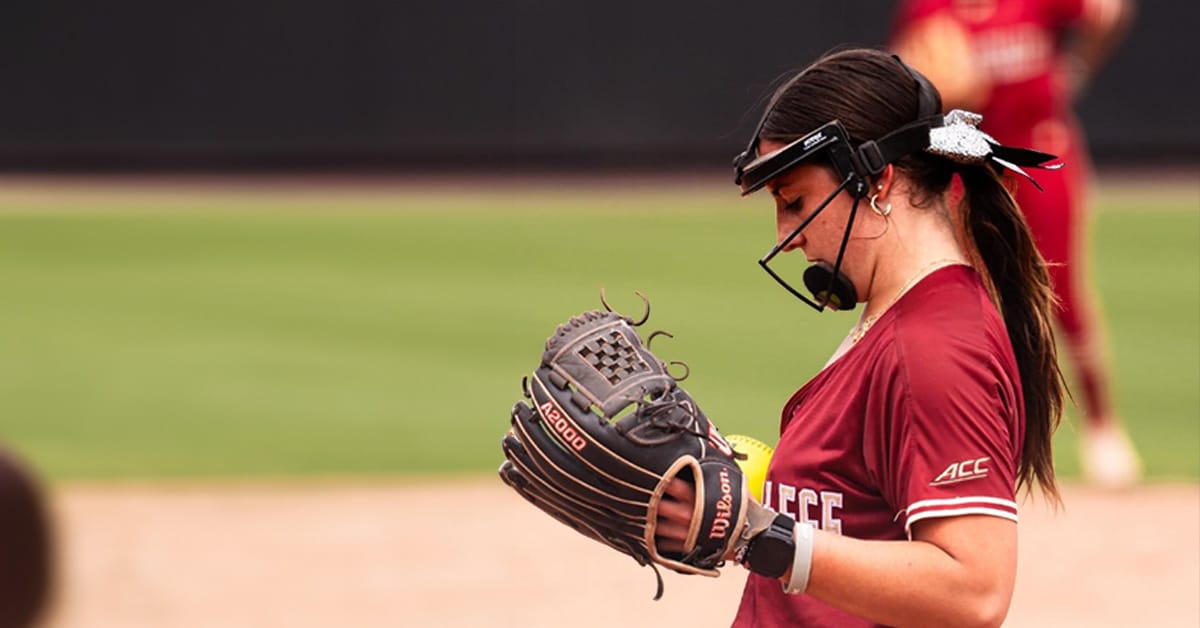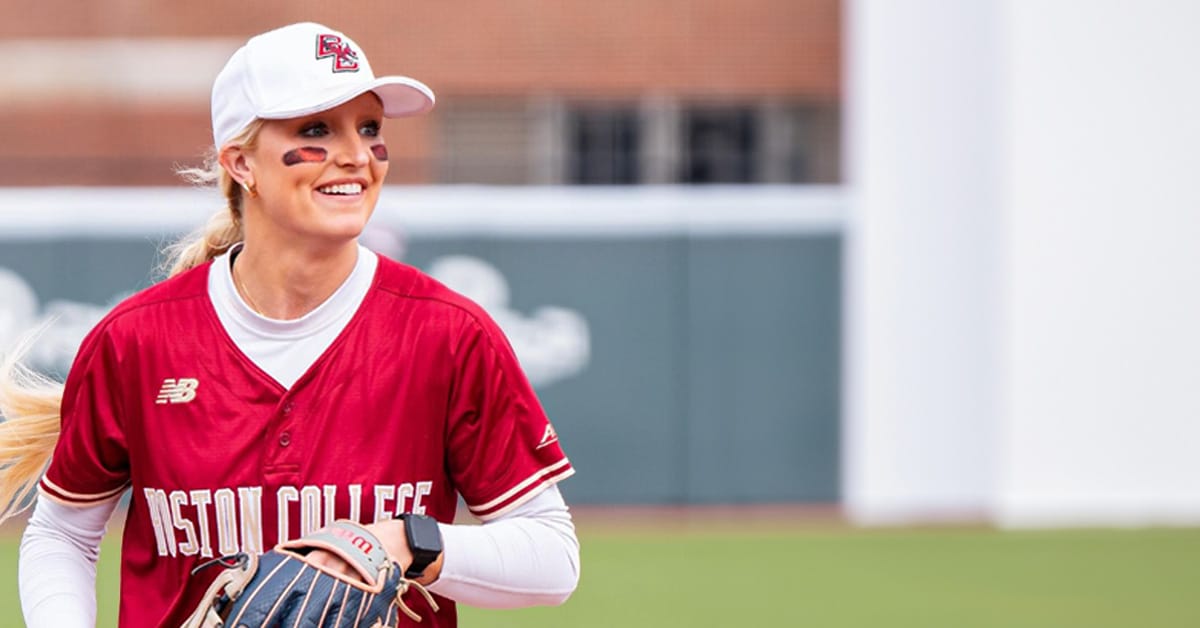Softball Stats 101: The Impact of Pitch Calling Devices
Softball Stats 101: The Impact of Pitch Calling Devices
By GoRout Marketing | August 19, 2024 |

In recent years, advancements in technology and analytics have reshaped how softball teams enhance performance by streamlining certain processes. The bond between a pitcher and catcher remains fundamental to a strong defense, but pitch calling methods are continually evolving. With that bond, being on the same page defensively is crucial, as even the smallest miscommunication can lead to costly errors. The use of pitch calling devices, which have surged across all levels of softball, helps ensure that all players are aligned. These tools not only enhance team dynamics but also provide a prime environment to study their impact on individual player performance, particularly in terms of pitching stats.
As we’ve already seen in college and youth softball, teams are finding success in using wearable pitch calling technology. Coaches and players are becoming more comfortable with this form of communication throughout many leagues, and the trend is soon to make an impact in High School Softball as well. Alongside the integration of these tools, NCAA Softball Stats, along with statistics at lower levels, offer valuable insights into how pitch calling technology influences game outcomes and player performance. Continue reading to understand what the state of pitch calling devices is in softball and how they are impacting leagues and organizations across the United States.
Key Takeaways
- Over 2,700,000 pitch calls were sent through GoRout Diamond wearable pitch calling devices in 2024 (gorout.com, 2024).
- Approximately 32% of Division I softball teams use GoRout Diamond wearable pitch calling technology (gorout.com, 2024).
- 18 states have Division II softball teams that use wearable pitch calling technology (gorout.com, 2024).
Softball Stats 101

Table of Contents
- Level-by-Level Softball Stats
- Division I Softball Stats
- Division II and Division III Softball Stats
- JUCO and NAIA Softball Stats
- Youth Softball Stats
- High School Softball Stats
Level-by-level Softball Stats
 tweet this
tweet this  tweet this
tweet this  tweet this
tweet this  tweet this
tweet this  tweet this
tweet this  tweet this
tweet this
Division I Softball Stats
 tweet this
tweet this  tweet this
tweet this  tweet this
tweet this  tweet this
tweet this  tweet this
tweet this  tweet this
tweet this  tweet this
tweet this
Division II and Division III Softball Stats
-
Wearable pitch calling at the Division II Level
-
Wearable pitch calling at the Division III Level
 tweet this
tweet this  tweet this
tweet this  tweet this
tweet this  tweet this
tweet this  tweet this
tweet this  tweet this
tweet this  tweet this
tweet this  tweet this
tweet this  tweet this
tweet this  tweet this
tweet this  tweet this
tweet this
JUCO and NAIA Softball Stats
-
Wearable pitch calling at the JUCO Level
-
Wearable pitch calling at the NAIA Level
 tweet this
tweet this  tweet this
tweet this  tweet this
tweet this  tweet this
tweet this  tweet this
tweet this  tweet this
tweet this
Youth Softball Statistics
 tweet this
tweet this  tweet this
tweet this  tweet this
tweet this  tweet this
tweet this  tweet this
tweet this
The future of Wearable pitch calling: High School Softball

Beginning in the 2025 High School Softball season, one-way coach-to-player electronic communication will now be allowed (due to NFHS rule change). This will allow for “coaches to communicate with the catcher while their team is on defense” to streamline pitch calling decisions.
With hundreds of teams in High School Baseball already using this form of communication, a similar trend is expected to follow for the thousands of High School Softball teams across the country. Formerly used in practice and now to be used in game, the ease of communication in Softball will continue to develop across all levels of the game.
